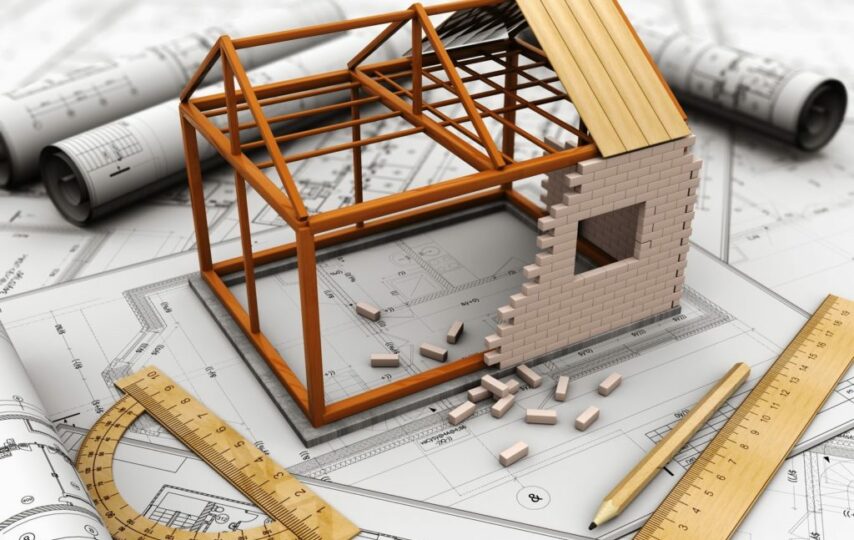Architects have a range of responsibilities in the design process. In addition to crafting the structure and aesthetic features of development, architects must also take ownership of its integrity and usability. Throughout this process, it can be easy to overlook issues such as security, but security should always be at the forefront of an architect’s mind when handling a project. Consider the following seven reasons why security is a major issue in architecture.
1. Data Leaks Affect Clients
Architects often deal with sensitive client information, including details about projects, budgets, and other privileged data. You might not think that information like this is a prime target for a data breach, but unfortunately, it can be. This should concern any professional, including architects, given the fact that the average data breach costs upwards of $4 million. Failing to encrypt sensitive data and skirting other common-sense security measures can compromise an architect’s ability to protect information.
2. File Sharing Is Risky
Security breaches can happen in many different ways, but one of the most common causes is a lack of secure file sharing protocol. This is especially important in a field such as architecture, where multiple stakeholders will often send files back and forth continuously. There are a few ways to address this problem and prevent file interception, including the use of construction data. Common data environments allow architects and other stakeholders to work together collaboratively and eliminate security weak points. This is essential for sharing files such as designs, project data, and other sensitive information.
3. Designs Are Privileged
Design files may not seem like a high-stakes source of information, but in fact, protecting this data is essential. If an architect’s designs fall into the wrong hands, they could be stolen, duplicated, or otherwise exploited, and this can easily derail the progress of a project. Architects must prevent this by shielding designs from interception and only using secure collaboration platforms. Design files should be treated as the privileged, confidential information that they are.
4. Confidentiality Is Essential
Designs aren’t the only files that should be kept confidential. Architects deal with plenty of other information, too, that must also be handled carefully so that its content is not exposed. When an architect collaborates with a client, for example, the client may send over information about the company’s budget, branding, and other data that could harm the company’s reputation if it were publicized. Most architects are not cyber security experts, but they have a responsibility to their clients to protect information like this.
5. Collaboration Must Be Secure
It’s important, too, that collaboration between architects and clients take place on a completely secure platform. If you are working with another stakeholder to refine plans for a project or complete any other part of the construction process, you need to ensure that the files you’re collaborating on are stored in a secure, cloud-based platform. This will prevent any unauthorized parties from accessing it and keep the integrity of the project intact.
6. Malware Can Destroy Files
One of the greatest risks of using a non secure platform is the potential interception of sensitive data. When files are intercepted, it can trigger a data breach, but this is not the only unwanted outcome that may result. You may also find that intercepted files are infected with malware, which can damage or destroy data related to a construction project. Some forms of malware — for example, spyware — can also be used to surveil a device and access its files. These risks are a serious threat to any construction project, and more importantly, any other privileged information that may be stored on a device.
7. Your Reputation Is at Risk
Finally, architects must remain vigilant about security measures because of the reputational risk that a breach can incur. Architects often work with high-profile corporate clients, and a security breach can damage these relationships. Your clients rely on you to oversee the design process and handle sensitive information with the utmost of discretion, so any failure to abide by these standards will immediately put your reputation at risk — and it could jeopardize your clients’ reputation, too. Investing in security is one of the most essential ways that architects can protect the reputation of their firm and their clients.
Architects who implement security-conscious measures can protect their projects and maintain collaborative connections with other stakeholders. In addition to eliminating unnecessary risks from the construction process, this can ensure that privileged information is not vulnerable to interception.








